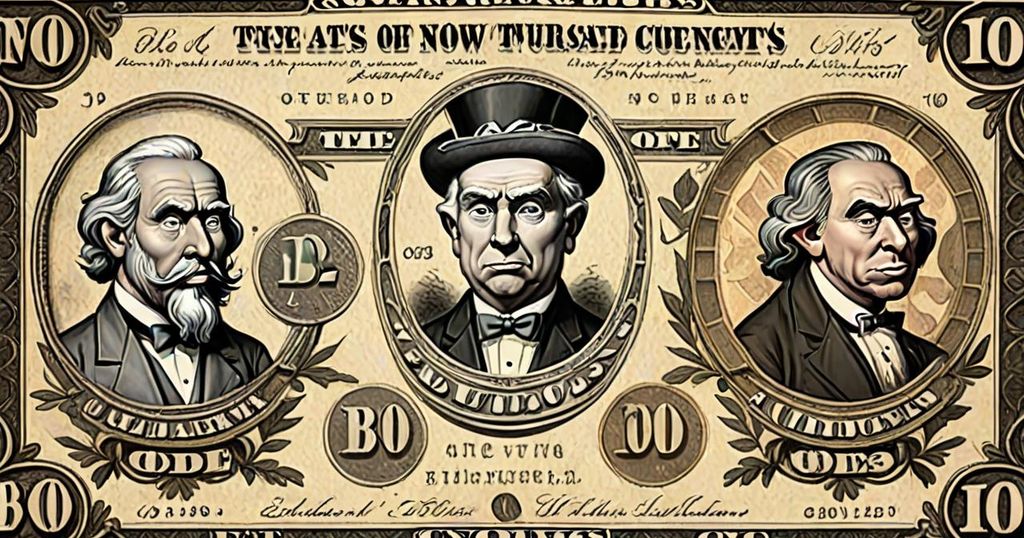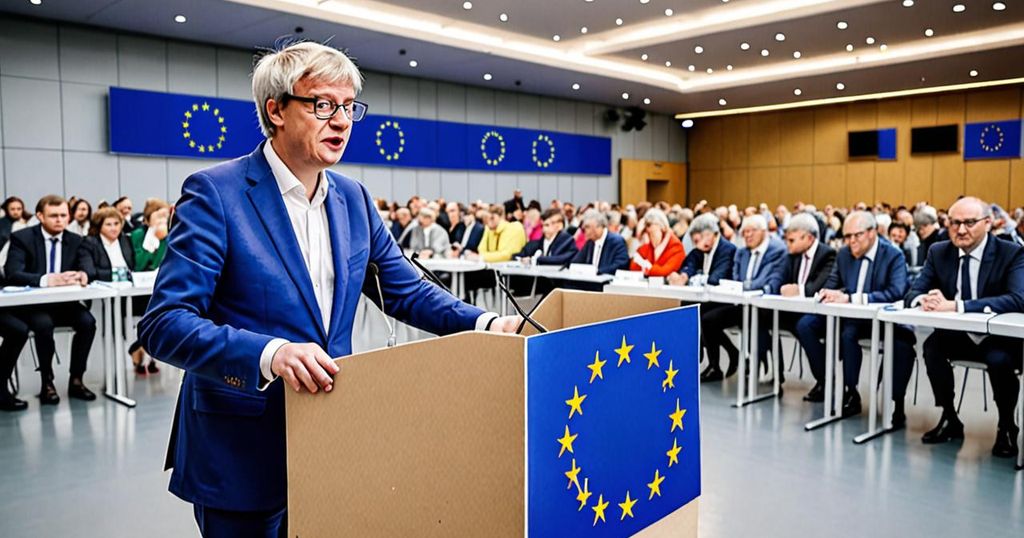The concepts of money and currency, although frequently used interchangeably, possess distinct differences in theory. Money represents an intangible concept, while currency serves as its physical manifestation. For the purpose of this article, however, we will employ these terms interchangeably.
Fundamentally, money functions as a medium of exchange with an acknowledged value, facilitating the trade of goods and services among individuals. The historical narrative of money encompasses diverse cultures, highlighting the necessity for a portable representation of value to streamline trade. Prior to the utilization of money, individuals relied on bartering, a method involving the direct exchange of goods and services, which proved to be time-consuming, leading to the introduction of currency.
The world’s earliest documented coin minting site was unearthed in China circa 640 BCE, symbolizing the shift from bartering to the usage of metal coinage, thus enabling a faster and more efficient mode of conducting business. Advancing further west, King Alyattes of Lydia inaugurated the first official currency, known as the Lydian stater, in 600 BCE.
The progression of currency extended to the adoption of paper money during the Yuan dynasty in China circa 1260 CE, a groundbreaking innovation that bolstered international trade and incited competition among nations, ultimately resulting in currency wars.
The 21st century heralded a new era of payment methods through mobile transactions, enabling individuals to purchase goods and services using smartphones or tablets. Furthermore, virtual currencies emerged, offering diminished transaction fees and decentralized authorities. The release of Bitcoin in 2009 established a standard for virtual currencies, paving the way for alternative options such as Ethereum, XRP, and Dogecoin.
The legacy of money can be traced back over 5,000 years, with bartering serving as the original exchange system. The earliest coin minting site was situated in China, and the introduction of paper money occurred during the Yuan dynasty. The evolution of currency has culminated in the current landscape of digital transactions, reshaping the modus operandi of conducting business and trading goods and services.
As the monetary system continues to undergo transformation – from bartering to digital transactions – it is apparent that the history of money is an ongoing narrative. The necessity for a medium of exchange will undoubtedly propel further advancements in currency, reflecting the evolving needs and increasing complexities of global trade.








